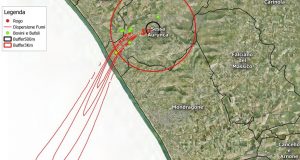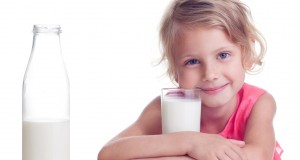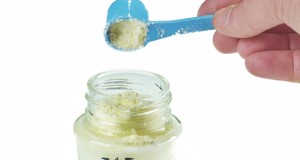Tratto da XVII FE.ME.S.P.RUM. International congress 2009
Dioxins, PCDDs and PCDFs (polychlorinated dibenzo-p-dioxins and polychlorinated dibenzofurans) and other related compounds as dioxin-like PCBs (polychlorinated biphenyls) are unwanted by-products of some chemical reactions (combustion, incineration and industrial processes) and they are persistent organic pollutants which may accumulate in the fat tissue of animals and humans. The main pathway of exposure to these environmental toxicants is through the diet. Lactating ruminants, particularly the cows, may contribute to transfer dioxins in the food chain by ingesting of contaminated vegetables or soil. Because of their high lipophilicity and low biodegradability, PCDD/Fs and dioxin-like PCBs are distributed into the adipose tissue from which they are eliminated in milk fat during lactating period.
For consumer’s health protection, maximum levels for the sum of dioxins (WHO PCDD/F-TEQ) and for the sum of dioxins and dioxin-like PCBs (WHO PCDD/F+ dl PCB-TEQ) have been fixed in Regulation EC 1881/2006 in various foods such as milk and dairy products.
In this study the results of monitoring programs, with the aim of assess dioxin levels in raw cow’s milk are presented. Congener-specific analyses of 7 polychlorinated dibenzo-p-dioxins (PCDDs), 10 polychlorinated dibenzofurans (PCDFs) and 12 polychlorinated biphenyls (PCBs) were performed in 79 cow’s milk samples collected in 71 farms located in Campania (Italy) during 2008.
The levels of PCDD/Fs determined in milk samples varied between 0.05 and 7.99 WHO-TEQ pg/g fat; the levels of dioxin-like PCBs ranged between 0.20 and 3.29 WHO-TEQ pg/g fat. In seven cases results were above
maximum limits, while five samples were above action levels. The presence of high levels of dioxins was significant in samples collected in farms of Caserta province where some buffalo’s milk were revealed contaminated,
during UE monitoring plan.
In order to determine the probable source of dioxin in these samples, the pattern of PCDD/Fs and dioxin-like PCBs congeners were examined. The results show that the congener profile of the cow’s milk is characterized from predominant PCDFs compared to PCDDs, typical of contamination of thermal origin.
 Osservatorio Regionale Sicurezza Alimentare Osservatorio Regionale Sicurezza Alimentare
Osservatorio Regionale Sicurezza Alimentare Osservatorio Regionale Sicurezza Alimentare


